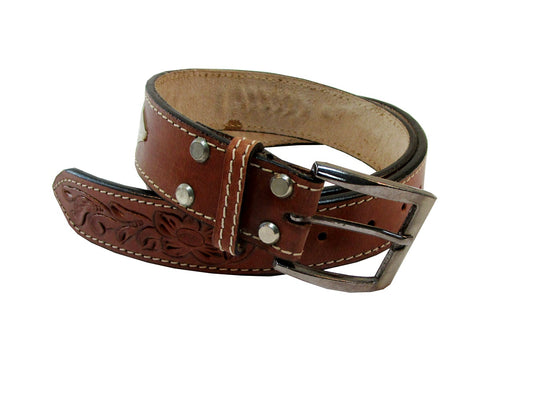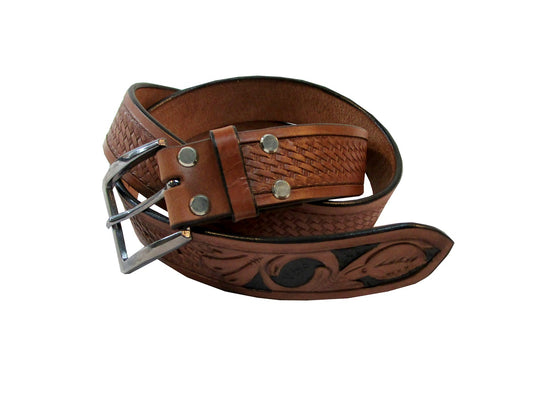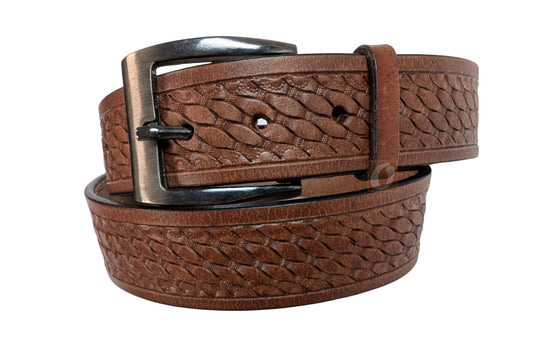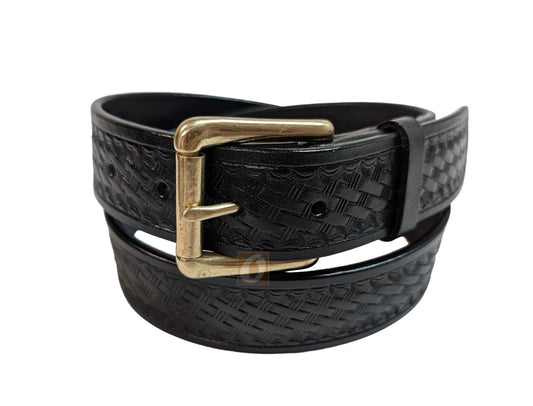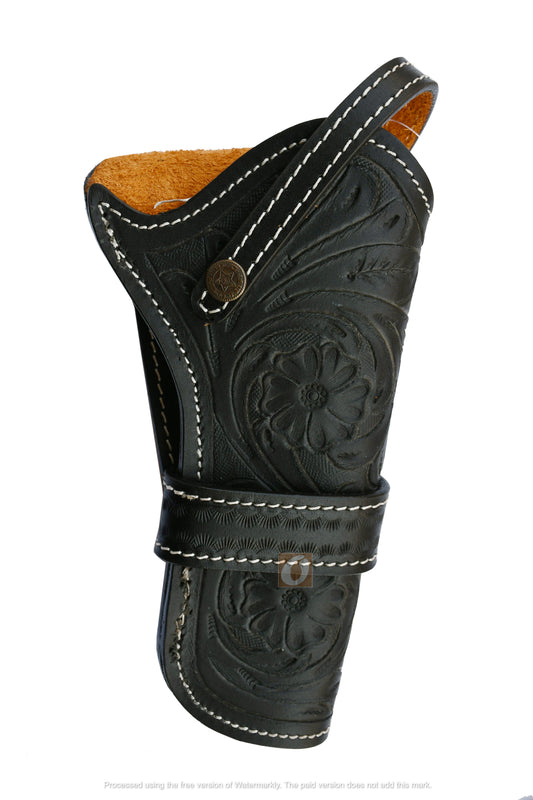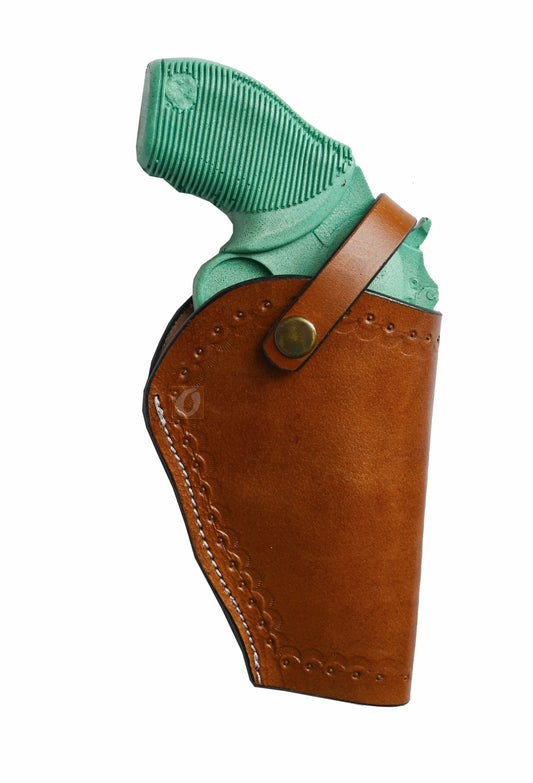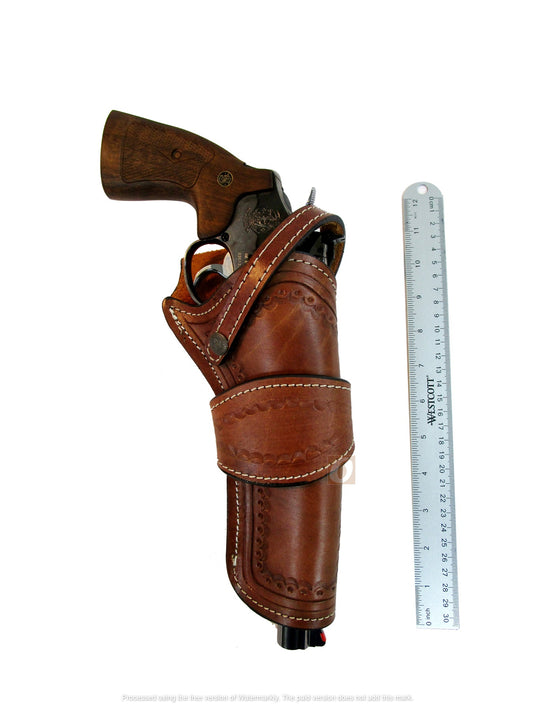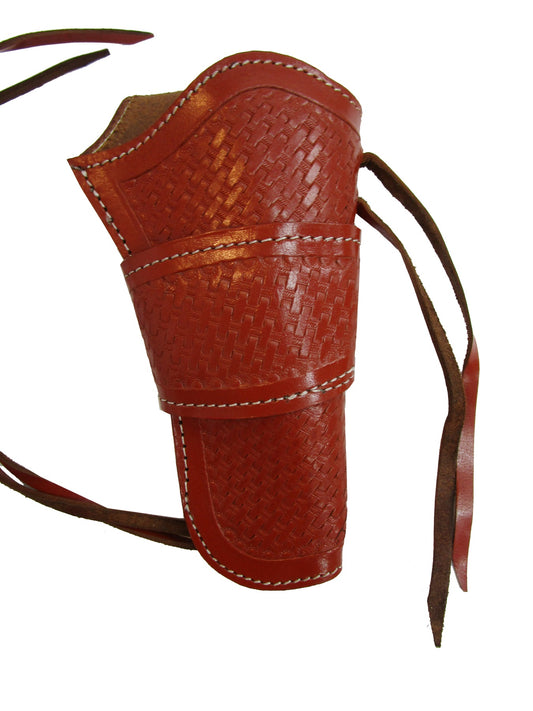Leather Belt Maintenance for Different Types of Leather: From Full-Grain to Suede.
Leather Belt Maintenance for Different Types of Leather: From Full-Grain to Suede.
Leather belts are not just functional accessories; they are timeless pieces that can elevate any outfit. Whether you're wearing a men’s belt , a women’s belt , a stylish western belt , a rugged cowboy belt , or a more formal uniform belt , proper care and maintenance are essential for keeping your leather looking great for years to come. But did you know that not all leather belts require the same maintenance? The type of leather used in crafting your belt —such as full-grain, top-grain, suede, or others—determines how you should care for it.
In this blog post, we’ll guide you through the best leather care practices for different types of leather to help you preserve the look, feel, and longevity of your leather belt collection.
1. Full-Grain Leather: The King of Durability
Full-grain leather is the highest quality leather you can find. It’s made from the top layer of the hide and retains all its natural texture and grain. Full-grain leather belts are prized for their durability, strength, and rich patina that develops over time.
Care Tips for Full-Grain Leather Belts:
- Clean Regularly: Dust and dirt can accumulate on full-grain leather, so wipe it down with a soft cloth after every use. You can also use a mild leather cleaner to remove deeper stains.
- Condition Periodically: Full-grain leather requires moisturizing to prevent it from drying out. Use a leather conditioner that’s suitable for the type of leather. Apply it sparingly, as full-grain leather tends to absorb products well.
- Avoid Excessive Moisture: While full-grain leather is naturally water-resistant, exposure to excess moisture can damage the leather over time. If your belt gets wet, blot off the excess water with a soft cloth and allow it to air dry, away from direct heat sources.
- Let It Breathe: Full-grain leather needs air circulation to prevent mildew or odor buildup. When you're not wearing your cowboy belt or western belt , store it in a cool, dry place.
2. Top-Grain Leather: Quality with a Slightly Smoother Finish
Top-grain leather is the second-highest quality, just below full-grain. It’s made by sanding and buffing the surface of the leather to remove imperfections, resulting in a smoother and more uniform appearance. This makes top-grain leather belts slightly more pliable but still strong and stylish.
Care Tips for Top-Grain Leather Belts:
- Use a Mild Soap: Clean top-grain leather belts with a damp cloth and mild soap. Be careful not to soak the leather, as it can cause it to lose its flexibility.
- Condition Regularly: Just like full-grain leather, top-grain leather needs conditioning to maintain its softness and suppleness. A high-quality leather conditioner will keep it from cracking or stiffening.
- Protect Against Scratches: Top-grain leather can be more susceptible to scratches than full-grain. Avoid placing your uniform belt or formal belt in environments where it might get scuffed or damaged.
- Limit Exposure to Sunlight: Prolonged exposure to sunlight can cause top-grain leather to fade. Store your leather belts in a dark, cool place when not in use.
3. Suede Leather: The Soft and Stylish Choice
Suede leather, made from the inner layer of the animal hide, is much softer and has a velvety texture. While it’s highly fashionable, especially for women’s belts or casual western belts , it requires more careful maintenance due to its delicate nature.
Care Tips for Suede Leather Belts:
- Brush Regularly: Suede can get dusty or dirty easily, so invest in a soft suede brush to gently clean the surface. This will help maintain its signature texture and prevent dirt buildup.
- Avoid Water: Suede is extremely vulnerable to water damage. If your suede cowboy belt or school belt gets wet, blot it immediately and allow it to air dry away from direct heat.
- Use Suede Protectant: To safeguard your suede belt from stains, you can apply a suede protectant spray. This creates a barrier against dirt and water but doesn’t alter the texture of the leather.
- Store Properly: Suede is highly susceptible to pressure marks, so avoid cramming your suede belt into tight spaces. Store it in a cool, dry place and consider using a dust bag or box to protect it.
4. Nubuck Leather: Soft, Yet Sturdy
Nubuck is a type of leather that’s been sanded to create a velvety texture, similar to suede but with a more durable outer layer. It's used for various types of western belts and cowboy belts because of its strength and style.
Care Tips for Nubuck Leather Belts:
- Brush Regularly: Like suede, nubuck leather benefits from regular brushing with a soft brush to maintain its appearance and texture.
- Protect from Stains: Nubuck can easily absorb oils and stains, so be cautious when wearing it with oily or greasy items. A nubuck-specific cleaner or protectant can be applied to keep it looking its best.
- Keep Away from Water: Nubuck is also sensitive to water, so try to avoid getting your formal belt or any nubuck belt wet. If it does get wet, dry it slowly with a towel and reshape it gently.
5. Patent Leather: Glossy and Elegant
Patent leather is a type of leather that has been coated with a high-gloss finish. It’s commonly used in formal belts due to its shiny, polished look. While it’s relatively low-maintenance, it does require specific care to maintain its glossy surface.
Care Tips for Patent Leather Belts:
- Wipe Down Regularly: Use a soft cloth to wipe away dust, dirt, and smudges. If needed, you can use a mild soap solution and a damp cloth to clean.
- Buff to Restore Shine: Over time, the glossy finish can dull. Use a soft, clean cloth to gently buff the surface and restore the shine.
- Protect from Scratches: Patent leather is prone to scratches, so avoid placing it in situations where it might get scratched or scuffed.
6. Exotic Leathers: Crocodile, Alligator, and More
Exotic leathers, such as crocodile and alligator, are luxurious and often used for high-end mens belts or women’s belts. These materials are more delicate and require expert care.
Care Tips for Exotic Leather Belts:
- Clean with Care: Exotic leathers require special cleaning agents designed specifically for them. Avoid using harsh chemicals that could damage the scales or surface.
- Condition Regularly: Use a conditioner meant for exotic leather to maintain suppleness and prevent cracking.
- Store Properly: Exotic leather belts should be stored flat to maintain their shape and avoid any pressure marks.
Conclusion
Whether you're looking after a cowboy belt , uniform belt, or school belt, proper leather care is crucial to ensure your belt stays in top condition. Understanding the type of leather used in your belt will help you choose the right care products and techniques for maintenance. By following these tips for different types of leather—from full-grain to suede —you can keep your leather belts looking great for years to come.
At Saddle Online Shop, we offer a wide range of leather belts, including western belts , men’s belts, women’s belts, and more. Browse our collection to find the perfect belt for your needs, and remember: a little care goes a long way in preserving the beauty and durability of your leather accessories.
With these leather care tips, you'll be able to maintain the quality and aesthetic of your leather belts, keeping them as good as new. Visit us at Saddle Online Shop for high-quality leather belts that are built to last!
If you are looking leather Belts , Cowboy Belts , Western Belts , Work Belts , Uniform belts you are at right place for quality Leather Belts at very reasonable price including free shipping.

